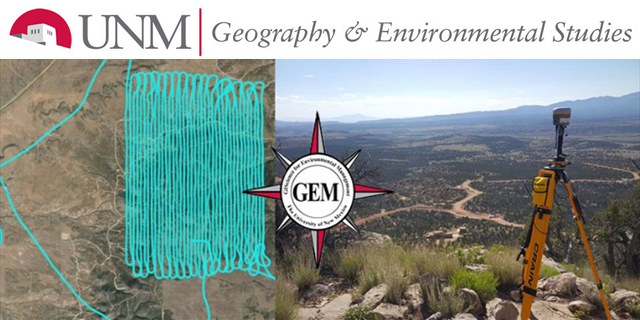
Geography ETDs
Publication Date
9-1-2015
Abstract
Over 42 years and 22 US congressional elections between 1972 and 2014, Texas evolved from a state controlled by the Democratic Party since Reconstruction to one dominated by the Republican Party. This thesis examines the relationship between measures of district compactness and changing demographics (decreasing non-Hispanic White percentage and increasing Hispanic percentage) on a measure of electoral bias, as measured by a metric called distortion during this transition. Distortion is the difference between the percentage of seats won by a party with the percentage of votes it received in a statewide congressional election. Using a general linear regression model, the research finds that distortion decreases as compactness increases, while demographic variables do not significantly affect distortion.
Degree Name
Geography
Department Name
Geography
Level of Degree
Masters
First Committee Member (Chair)
Xiao, Danqing
Second Committee Member
Rocca, Michael
Document Type
Thesis
Language
English
Keywords
Texas Redistricting Delay Partisan Bias compactness demographics
Recommended Citation
Hunter, Willard B.. "Distortion and Revolution in Texas U.S. Congressional Redistricting Politics: 1972-2014." (2015). https://digitalrepository.unm.edu/geog_etds/28
